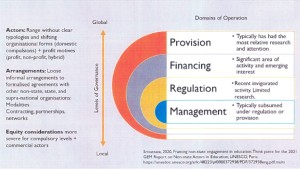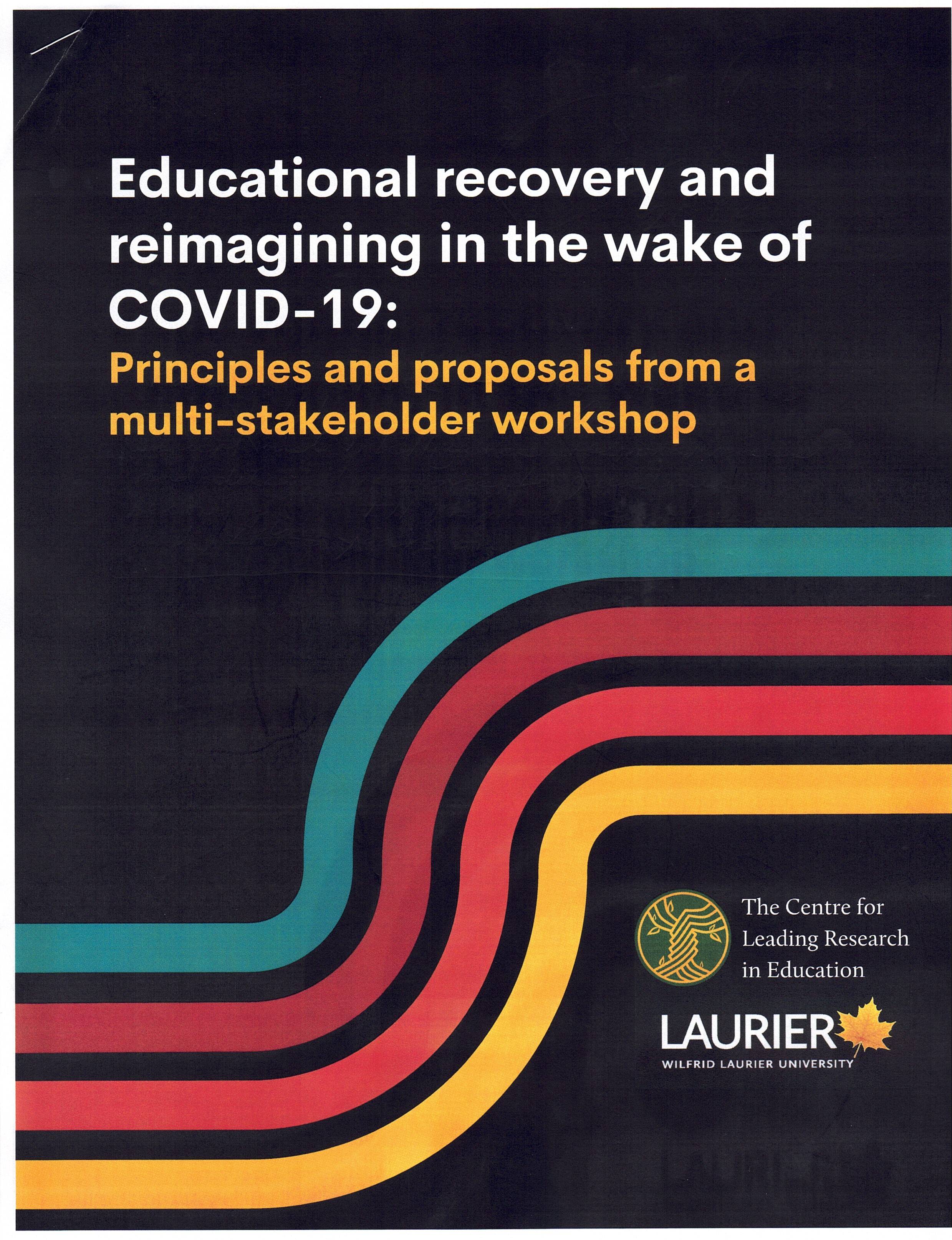Preventative health measures, such as masking, vaccines and rapid tests were effective at stopping schools and daycares from becoming vectors for the spread of COVID-19 during the peak of the 2020-2022 pandemic. What’s less recognized is that school closures themselves had a negligible effect on containing the virus, the whole rationale for the shutdowns.
Closing schools for so long, it now appears, was a mistake because of the attendant and unanticipated problems that arose in its wake – measurable learning loss, teen mental health issues, social isolation, and disrupted services for society’s neediest children.
Those earth-shaking claims are not really new, but they have now found confirmation in the final report of a McMaster University study, published in February 2024, in The Lancet, one of the world’s leading academic journals in medical science. It was based upon actual evidence from studies, databases and websites from May 2020 and then updated 18 times over the pandemic before finalizing the conclusions.
McMaster health researcher Sarah Neil-Sztramko and her team rattled a few public health and education authorities with their definitive findings. Children and teens belong in school, supported by preventative measures (proper ventilation, vaccines, masks and rapid tests) and school system shutdowns were simply less effective in infection prevention and control.
What was the role of schools and day cares in COVID-19 transmission? Armed with the evidence-based research, we now know that children and teens can stay in the classroom when these infection prevention and control measures are in place because it didn’t result in spikes of the corona virus in the community or put pressure on the health-care system.
Lead researcher Neil-Sztramko and her team were refreshingly honest about the biggest blunder. When COVID hit, Ontario provincial and public health decision-makers were not only caught-off guard but unprepared, but unsure about how and when to safely re-open and operate schools and daycares.
“There was so much about the COVID-19 virus that we didn’t know at that time,” Neil-Sztramko told the Hamilton Spectator. “At the very first phase of the pandemic, we were working blind. We knew that the virus was causing a real strain on the health-care system and so extreme measures were put in place to curb the spread while we really didn’t have much information to know what measures might be most effective.”
Provincial and public health leaders were severely handicapped by the near absence of sound medical research evidence upon which to base their decisions about school closures during the pandemic, resulting in different responses across the country.
Provincial premiers, education ministers and deputy ministers claimed to be following “public health directives” which, it turns out, were backed-up by partial or inconclusive evidence. Public school systems were shut down for between 8 weeks and 27 weeks, with Ontario leading the pack at 135 days. What’s worse – that number doesn’t include individual classroom closures or time away from school because of exposure to the virus, COVID symptoms or a positive test.
The academic and social costs of suspending school for so long has come home to roost over the past two years. “We definitely saw the downside and the unintended consequences of school closures,” Neil-Sztramko confirmed in the media. “At the student level in terms of social, emotional and mental health, and some of the learning outcomes down the road. We also know the negative impact that it had on parents and caregivers who are trying to work from home while taking care of children in that balancing act.”
Preconceived ideas about the spread of the virus and the susceptibility of children were not borne out during the COVId-19 period. As time went on, medical experts and health professionals discovered it was air-borne and did not affect children as severely as adults. The report is conclusive: Whether schools were opened or closed didn’t have any effect on how COVID spread.
“When schools were reopened or closed down again, it really didn’t have a huge impact on levels of community transmission,” says Neil-Sztramko. “Rather, the patterns that we saw in school were really reflective of the patterns of transmission that were occurring in the communities already.”
Without sound, evidence-based research, policy-makers resort to ‘making it up as they go along’ or, put in clearer terms, muddling through a crisis. What’s the big lesson? The McMaster research lead put it this way: “The importance of being able to incorporate data into the decision-making as time goes on rather than just sticking with that initial decision… (based on not a lot of information), but being nimble and adaptive as new scientific evidence becomes available.”
All of this research begs a deceptively simple question – is it all a forgivable error and what are the chances it may happen again?





























